Artist Damien Hirst burns physical copies of his NFTs
British artist Damien Hirst recently finished his first NFT collection ‘The Currency’, and it was just as flashy and showman-like as his previous work. Most notably, half of the artworks were burned at the exhibition’s conclusion. As non-fungible tokens – or unique digital assets – became an increasingly popular commodity in the late 2010s, Hirst created an experiment to see if physical art would still be valued over digital creations.
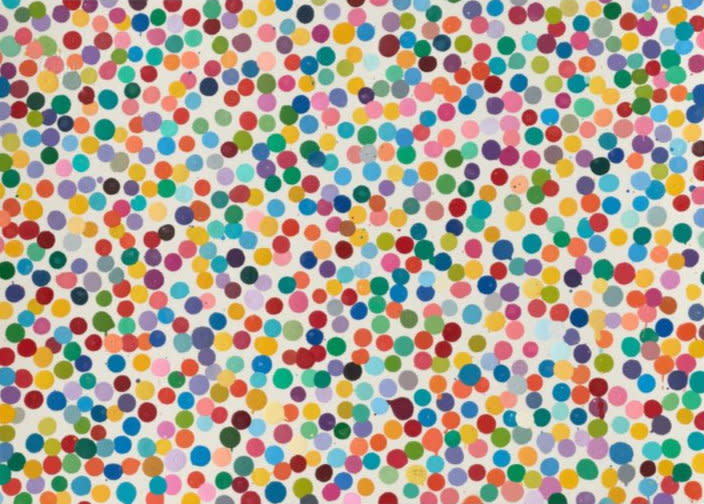
He created 10,000 original pieces the size of a standard sheet, each with an NFT twin. Each piece was truly unique, as no painting had a single repeated color in the dots. Each artwork was also signed by Hirst, numbered, stamped, watermarked, given a micro-dot and included a hologram of the artist’s portrait on the back. Furthermore, using modern technology for his first NFT project, Hirst fed his favorite song lyrics into an AI-enabled computer program to generate titles for all 10,000 pieces. Standout titles include “Hero Gonna Sell You”, “Laugh in Our Faces” and “None of This Mattered”.
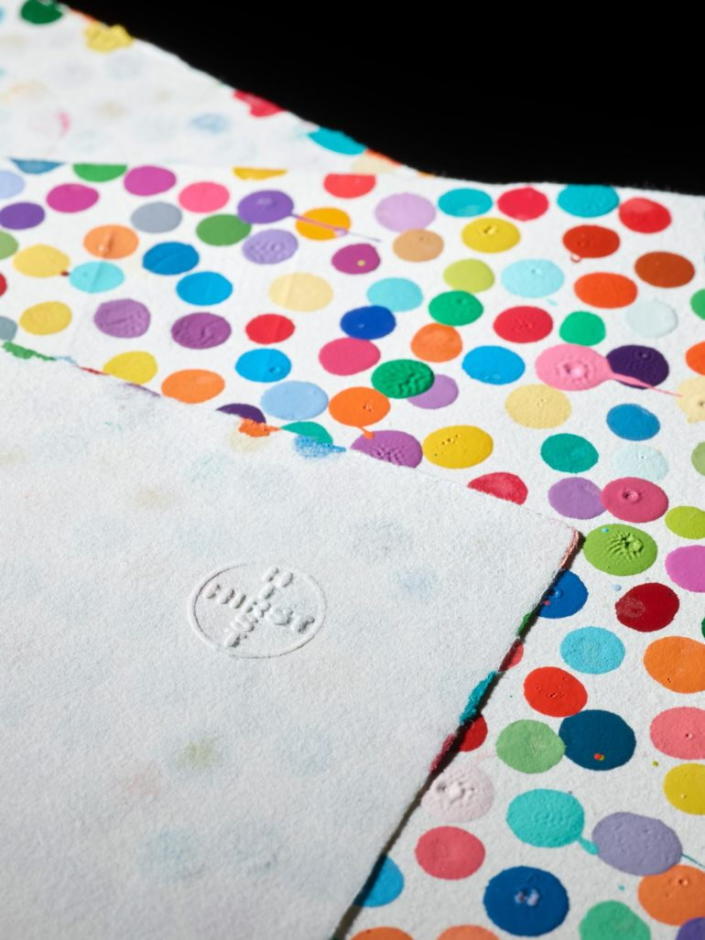
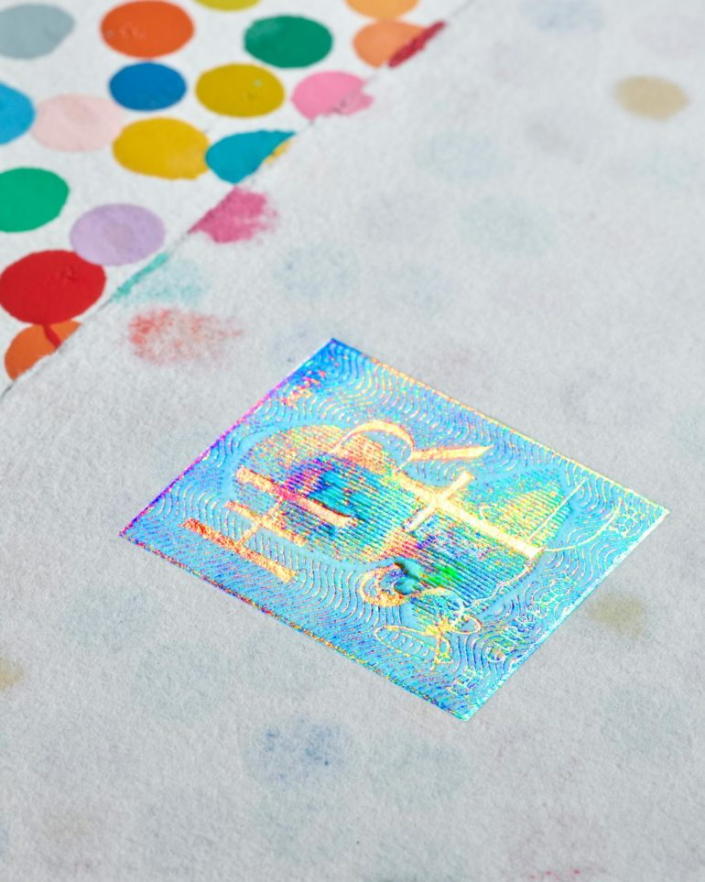
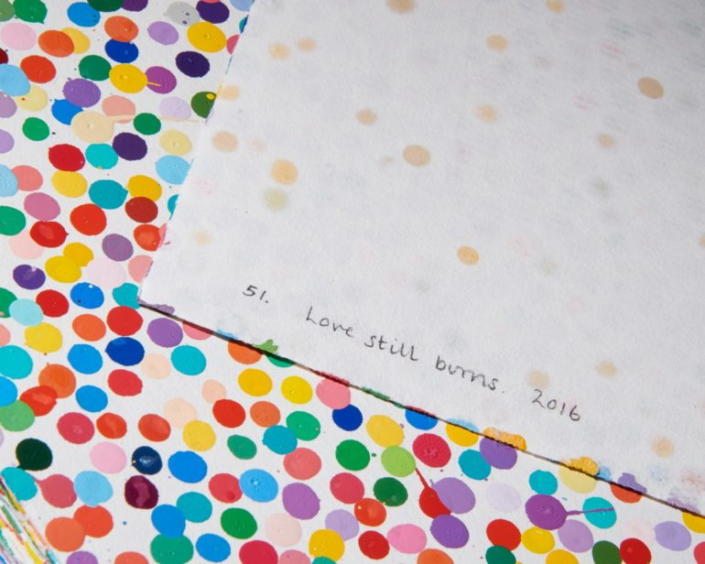
The purchase period began in July 2021. Buyers could choose the physical or the digital copy of the piece, and the one they didn’t choose would be destroyed. They had a whole year (until July 2022) to decide.
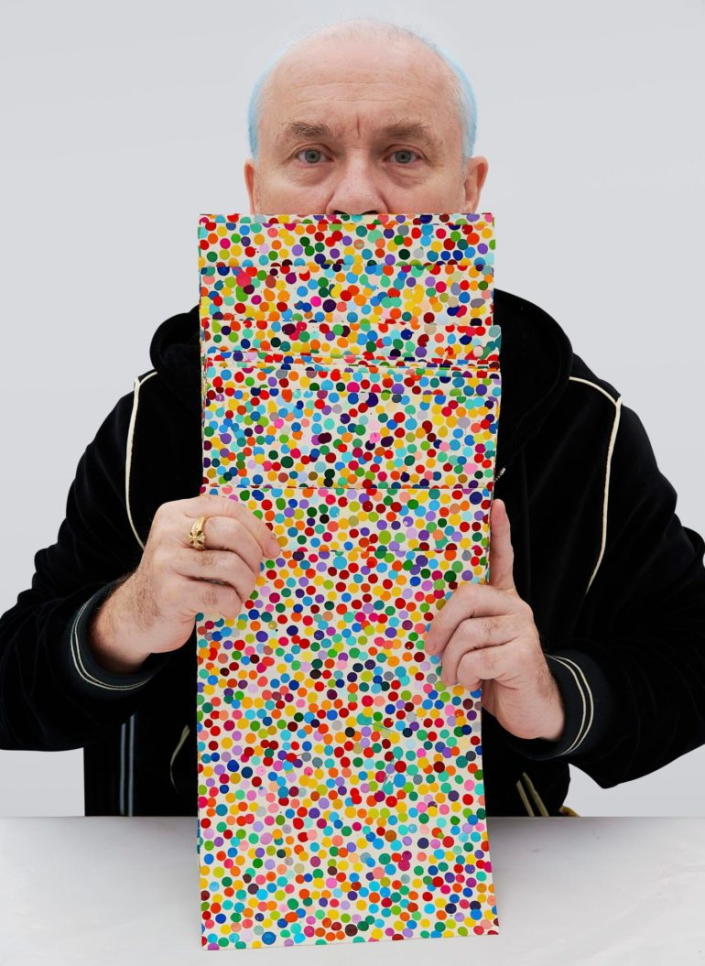
Interest in Hirst’s collection surged in the first month, with 2,036 purchases and over $47 million in sales. Over the remaining 11 months, however, the gimmick-like nature of the collection lost its shock value, causing floor prices and trading volume to steadily decline. The spring of 2022 hit the “crypto winter” and sent the NFT market into a spin.
In the end, the buyers were fairly evenly distributed. “The final numbers are: 5,149 physical and 4,851 NFTs (meaning I have to burn 4,851 equivalent physical tenders),” Hirst wrote on Twitter, under a photo of himself despairingly laying down boxes of his artwork.
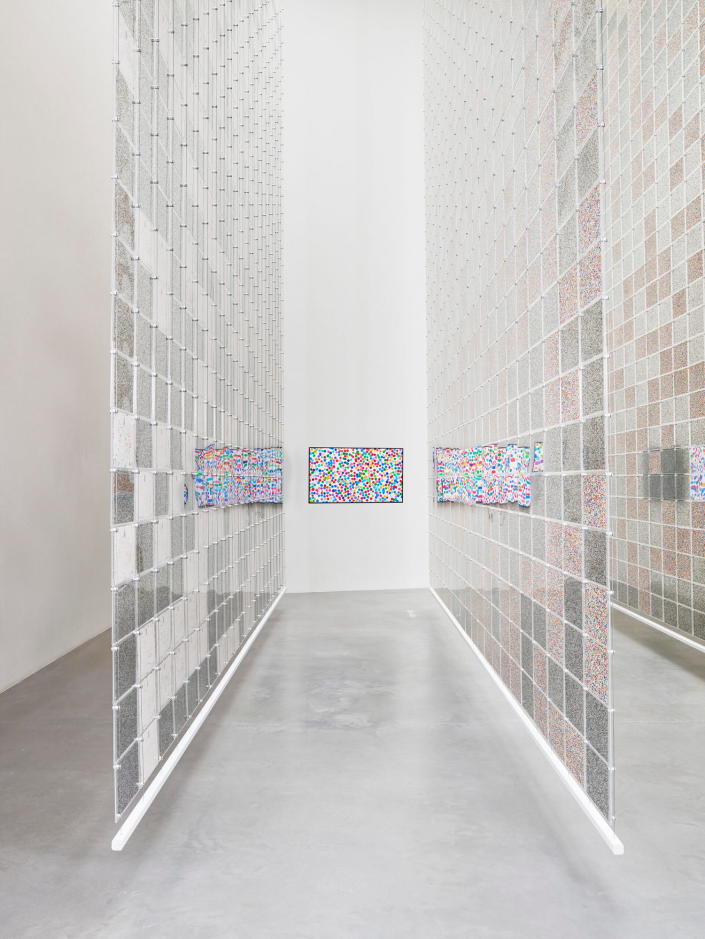
On the same day, Hirst also tweeted: “I have no idea what the future holds, whether NFTs or physical units are going to become more valuable or less. But it is art! The fun, part of the journey, and perhaps the point of the whole project. Even after a year, I feel like the journey has only just begun.”
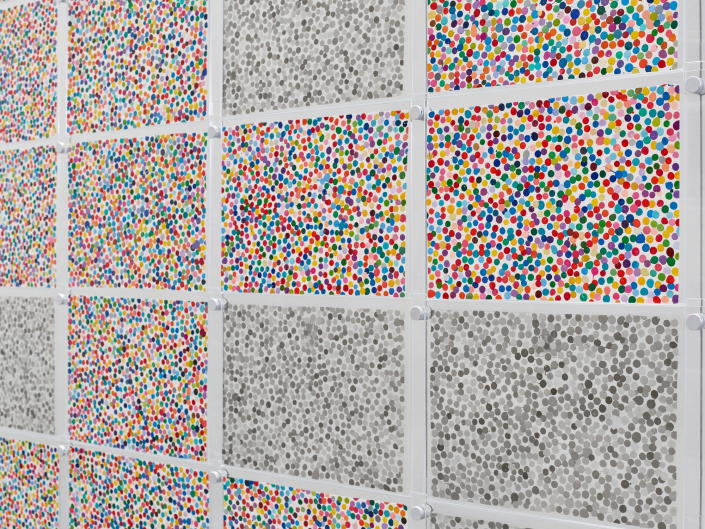
In collaboration with HENI, Hirst exhibited the pieces at London’s Newport Street Gallery from 9 September to 31 October. Every day for an hour, the physical counterparts of purchased NFTs were thrown into a fireplace for visitors to see. The rest were all burned at the same time at the end of the show.
Public reception for the show was mixed. Artist Roy Tyson, known as Roy’s People, intercepted the tangible piece #4,967 titled “What Am I To Know” and chose to destroy the NFT version instead. He says: “I’m a huge fan of Hirst and I love the way he pushes the boundaries and doesn’t answer to anybody, doesn’t really adhere to any old-fashioned rules of the art world.”
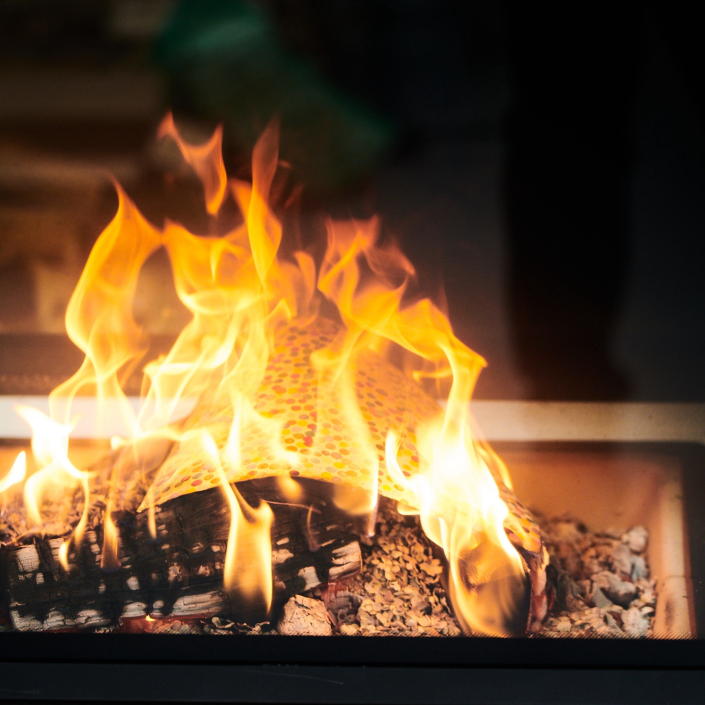
On the other hand, critics see “The Currency” as a shameless commercial ploy. Art critic Florence Hallett wrote in Britain’s I the paper that the collection is “rather like a small child dangling a teddy over the toilet in an attempt to gain the upper hand – only with significantly less sincerity and huge amounts of money.”
In his early days, Hirst himself said “I’m looking forward to getting into a position to make really bad art and get away with it. At the moment, if I did certain things, people would look at it, rate it and then say ‘f off’. But after a while you can get away with things.”
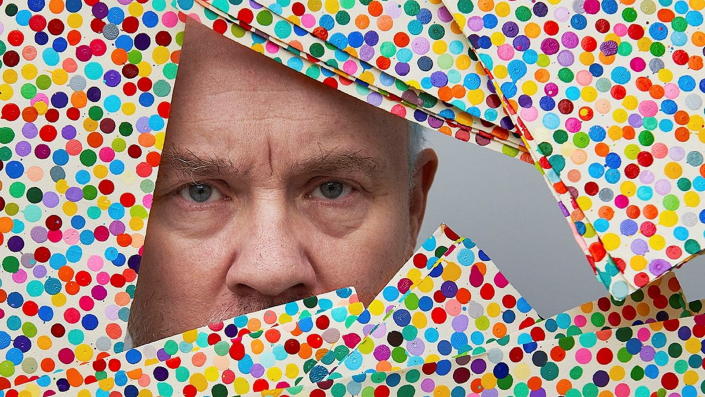
Hirst is known not only for his stains, but also for his taxidermied dead animal art, and is considered the richest living British artist today. More of his work can be seen on his Instagram account.
The post Artist Damien Hirst Burns Physical Copies of His NFTs appeared first on Dornob.


